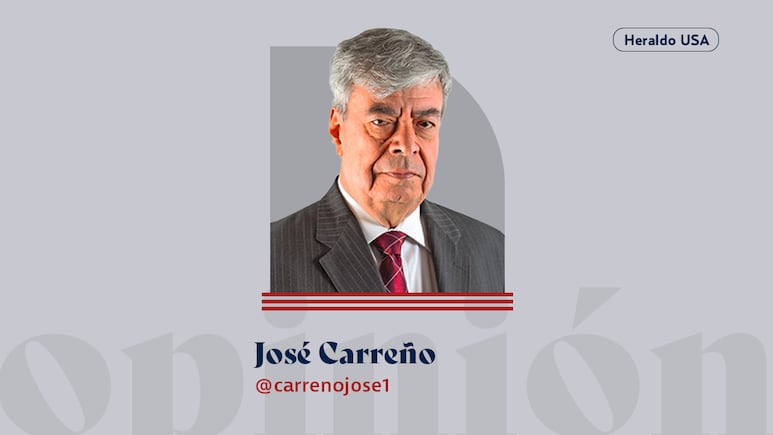FROM THE OUTSIDE | A new U.S. ambassador
Ron Johnson, the United States ambassador to Mexico, arrives at a time of tension in the bilateral relationship

The arrival of a new U.S. ambassador is always an event in Mexico. For some, their real, alleged, or perceived background is a sign of what the powerful neighbor plans to do—or undo—in the country.
Publicidad
Some believe the new American representative immediately becomes a kind of ogre. At least on social media, others seem to hope he’ll turn into a savior.
But both camps would’ve been equally nervous if there had been no appointment at all.
The fact is that Ron Johnson—the ambassador who arrived in Mexico on Thursday to represent U.S. interests as understood by Donald Trump’s administration—raises many questions because of his background: a former military officer, retired CIA operative, former ambassador to El Salvador, and considered politically conservative.
Publicidad
From the start, Johnson contrasts with his predecessor, Ken Salazar, who was more liberal and closer to Mexico.
Publicidad
One represented a liberal, globalist government with particular views on migration and the role of Hispanics in the United States.
The other stands for a nationalist administration, apparently focused on short-term fixes and the image of “Making America Great Again” (MAGA).
One openly engaged in Mexican politics and sought to build a close relationship with President Andrés Manuel López Obrador—to the point that many in Washington accused him of having “Mexicanized” himself more than was acceptable.
The other is, for now, an enigma. But his track record has already led some to label him a “hawk”—a supporter of forceful solutions and, at least initially, a likely promoter of pressure on the Mexican government.
That’s certainly possible. In some ways, every time a new U.S. government or ambassador takes office, there’s talk about the many forms of pressure they may exert on their Mexican counterpart—and regret that this is the case.
Johnson arrives at an agitated moment in the bilateral relationship, when his government blames Mexico for many of its internal problems, and his president, Donald Trump, was elected on a platform that in more than one instance is explicitly anti-Mexican.
But we often forget—or choose not to remember—that many omissions and actions by successive Mexican governments—including and notably those of Johnson’s immediate predecessor—now place President Claudia Sheinbaum in a vulnerable position. For better or worse, it’s her responsibility to navigate it.
Still, the U.S. government is not blameless. Today, it’s attempting to shift responsibility for its problems onto others—in this case, Mexico.
Publicidad
Publicidad
Más Leídas | Heraldo USA
Ofertas por 4 de julio: Tiendas que han confirmado descuentos en EEUU; te contamos cuáles son
Por Heraldo USA
¿Dónde ver la telenovela turca El Chico De Oro y cuántos episodios tiene?
Por Heraldo USA
Las cirugías estéticas de Belinda a sus 34 años; ¿cuántas tiene?
Por Heraldo USA
¿Quién es la mamá de Roberto Gómez Fernández y ex esposa de “Chespirito”?
Por Heraldo USA
Publicidad
Más noticias de Columna
Más noticias de Estados unidos







